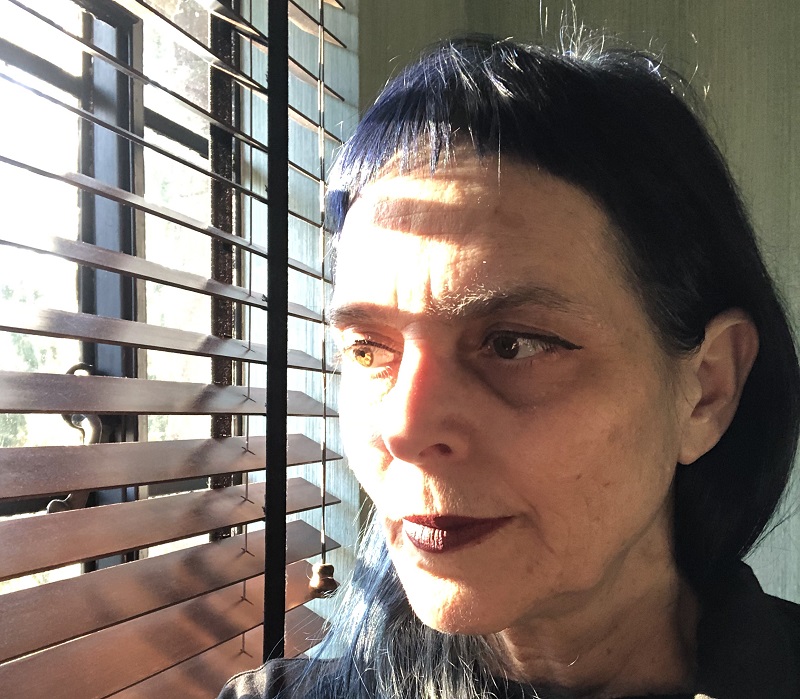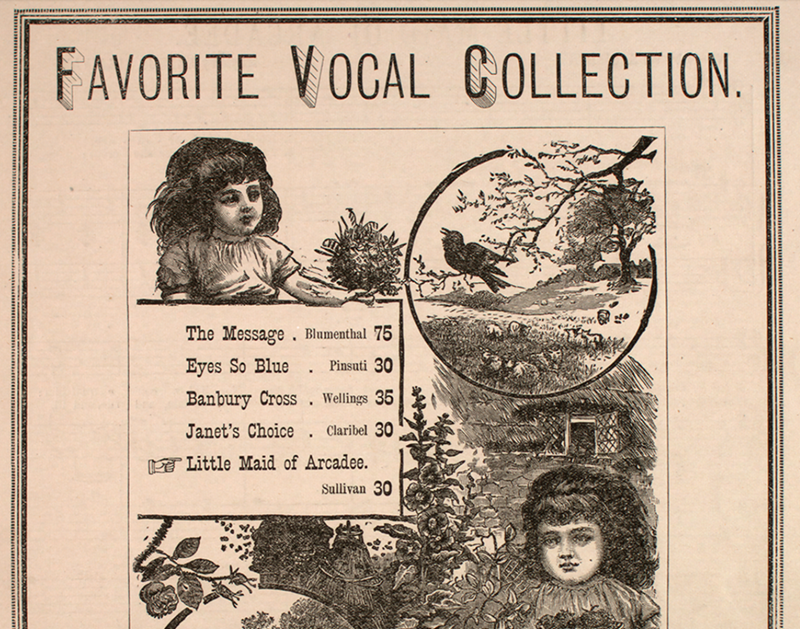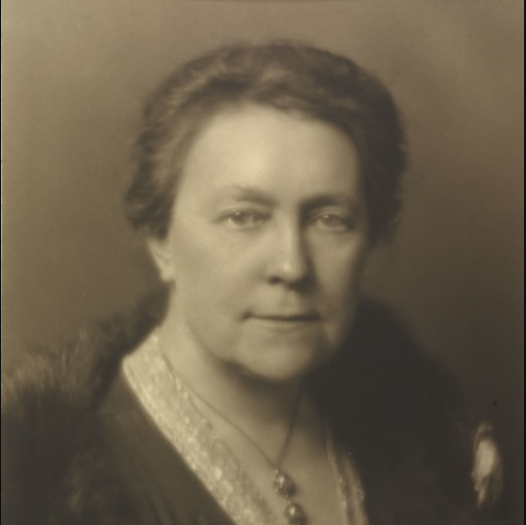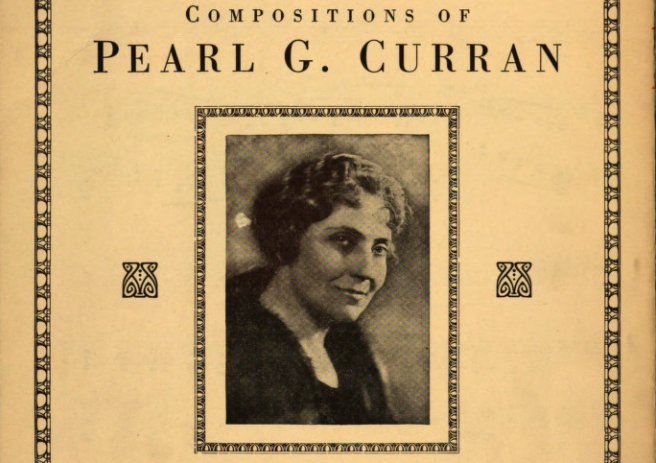I thought about breathing and gasping a lot in 2020. The news cycle was filled with medical reports of COVID-19’s horrific effects on the lungs, stories of respirator shortages, and – among singers at least – the dire warning that choral singing was to COVID-19 what unprotected sex is to HIV. The choir I had sung in for sixteen years stopped meeting. Music teachers and administrators pored over aerosol studies. Breath was no longer the universal symbol of human life but a weapon in the arsenal of biological warfare. That summer, the resurgence of the Black Lives Matter movement returned to prominence Eric Garner’s dying words, “I can’t breathe,” and H.E.R. released a powerful protest song by the same name. It felt like I was thinking about breathing and gasping all the time, in a wide variety of contexts.
I contracted COVID-19 in December 2020. I was lucky: my case felt like the flu, and I did not require hospitalization. I am a classically trained singer, yet I realized that in all my years of singing I had never been so acutely aware of my lungs, how they function, or what they expel. I imagine that the Algae
Before the pandemic I had been studying amplified and recorded breath sounds in Chaya Czernowin’s opera Infinite Now. My interest in the topic took on new urgency, particularly where gasping was concerned. In the realm of extended vocal technique, gasping is a subset of ingressive phonation, meaning sounds that are produced as the singer inhales rather than as she exhales. If bel canto technique aspires to imperceptible and silent inhalation to support egressive phonation (“regular” singing on air as it leaves the lungs), gasping is just the opposite. The inhalation must be audible and sharp, or it is not a gasp. Precise pitch is rarely the point. I can hear other types of breathing and breathy vocalizations in a variety of ways, based on context, but gasping rarely (never?) strikes me as emotionally neutral sonic material. Conditioned by classical vocal training, and my immersion in western culture generally, I find that gasping elicits an involuntary visceral response in me that feels correlated to trauma. (My examples are drawn from western art music, albeit loosely defined; I do not assume the same signification in Tanya Tagaq’s performances, for example.)
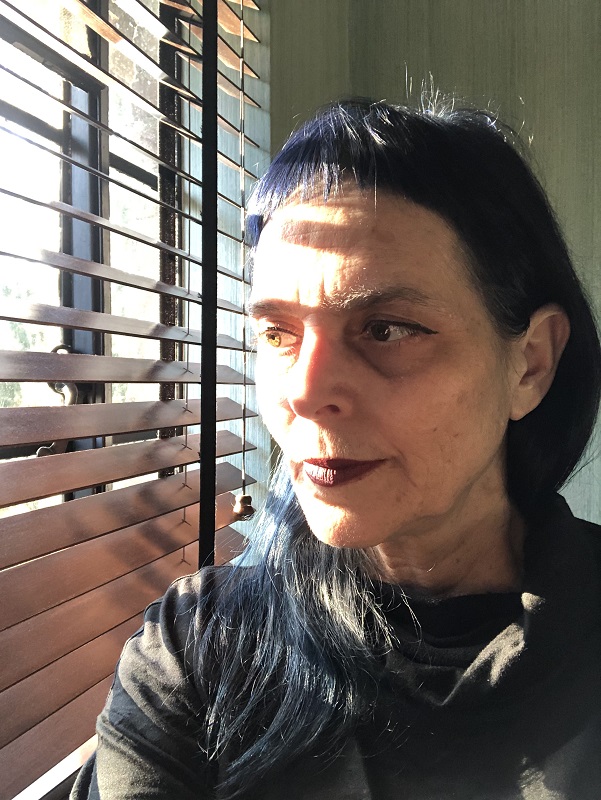
Ariana Phillips-Hutton gave a compelling presentation at the 2021 Music, Sound, and Trauma Conference in which she introduced The Howling Girls
Other types of recorded and/or amplified breathing sounds do not affect me in the same way, although I do experience them as extremely intimate – even more intimate than singing. I revisited Joan La Barbara’s Berliner Träume
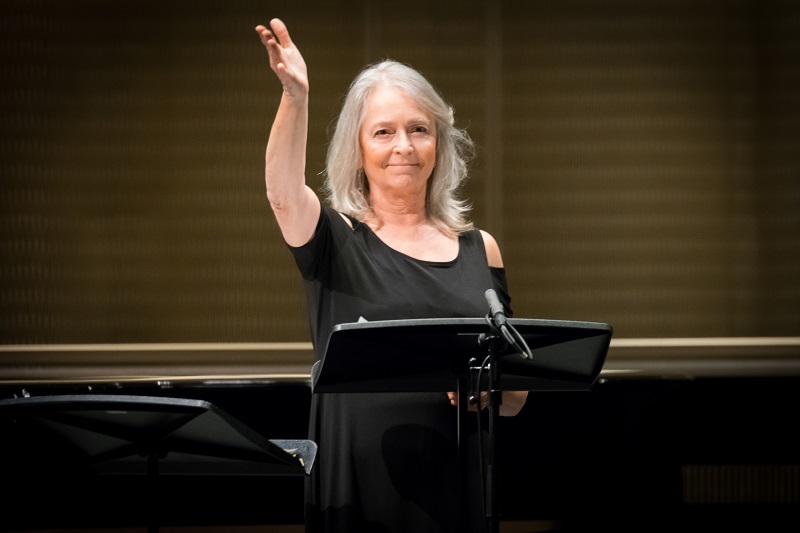
Where La Barbara’s piece is a masterclass in the meticulous art of tape composition in the studio, the solo version of Pamela Z’s BREATHING for voice, processing, and tape is created in real time. She sets up a loop of her own breath as the groundwork for singing and speaking the words “I am breathing” and “I was breathing,” and other voiced sounds, like clicks. At 3’20” she vocalizes a sound akin to gasping or choking just as a voice refers to shellfish and proceeds to manipulate first the gasping sound and then the clicks with a gesture controller designed and built by Donald Swearingen. Meanwhile the steady rhythm of her untroubled breath continues unabated throughout. (This recording comes from a duo concert she did with La Barbara in 2014, in what was surely a tour-de-force of amplified breath and other vocalisms.)
In 2015 Czernowin wrote that “amplified breath is an untapped and rich musical resource.” She explored this notion extensively in a set of three “Etudes in fragility for voice and breath” entitled Adiantum Capillus-Veneris I, II, and III (2015-16). She describes II on the publisher’s website as follows:
In this piece, the voice and the breath play an equal role in executing the musical text, as the breath is (at times) independent from the voice and equal to it in an almost contrapuntal relationship. This is not an expressive piece in the more standard way in which a singer employs all of his personality in an attempt to express emotions or other expressions of the ‘self’. It is rather a sketch using the voice and the breath like a small brush painting a line. Even though it is only a line made out of water (breath) with some color (voice), this line is actually transmitting a whole landscape.
The scores can be previewed at the publisher’s website. You can watch performances of Adiantum Capillus-Veneris I by Juliet Fraser or Tyler Bouquet, and listen to the commercial recording
Notes:
Czernowin, “The Primal, the Abstracted and the Foreign: Composing for the Voice,” Contemporary Music Review 34, nos. 5-6 (2015): 449-463; 461.
I encourage readers interested in analyzing recorded breath to check out Richard A. Beaudoin, “Dashon Burton’s Song Sermon: Corporeal Liveness and the Solemnizing Breath,” Journal of the Society of American Music 16 (2022): 1-23.
I am grateful to several smart, generous conversation partners, especially Richard Beaudoin, Ryan Dohoney, Yayoi
For a related WSF post, please see this essay of Emily Milius.
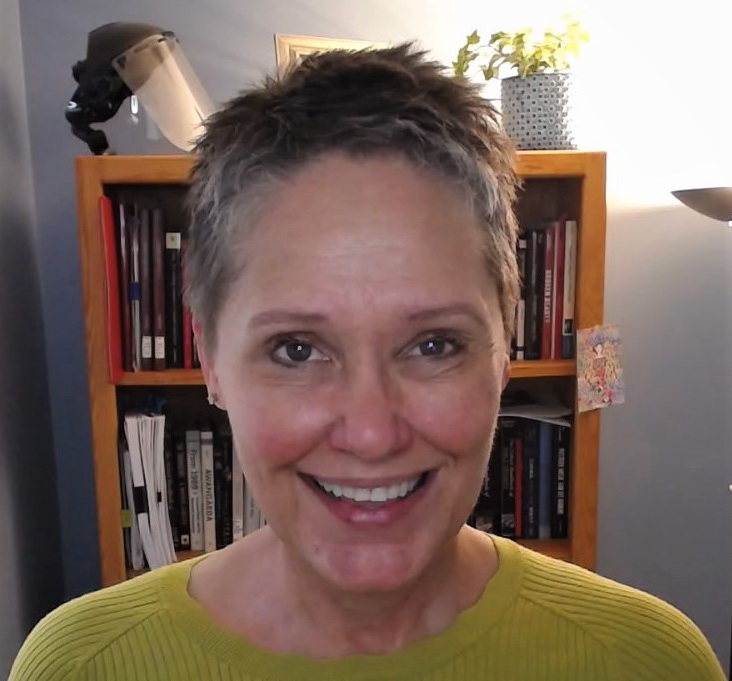
Guest Blogger: Joy H. Calico
Joy H. Calico is a musicologist and classically trained singer whose recent work focuses on opera of the 20th and 21st centuries. She has published


